The Pacific Crest Path stretches over 2,650 miles from Mexico to Canada, testing hikers with robust terrain, wild climate, and lengthy stretches with out resupply.
In the event you’re planning a thru-hike or only a part, your gear performs an enormous function in your success.
The fitting setup can imply the distinction between a clean hike and a continuing wrestle.
From desert warmth to snowy passes, the PCT calls for gear that works.
This information provides you a whole, trail-tested gear listing.
This helps you cowl every thing from backpacks and shelters to clothes, cooking gear, security instruments, and extra.
You’ll additionally discover ultralight ideas and private suggestions that will help you pack sensible in your type and objectives.
Let’s break it down so that you’re able to hit the path with confidence.
Why Your Gear Can Make or Break Your PCT Hike?
Choosing the proper gear isn’t nearly consolation.
It’s about security, endurance, and your general expertise on the path.
- The PCT covers excessive environments, from scorching deserts to snowy alpine passes, and your gear should adapt to all of it.
- Lengthy stretches with out resupply imply it’s essential to carry necessities with out overloading your pack.
- A poor gear setup can result in accidents, fatigue, or quitting the path altogether.
- Dependable tools boosts confidence and allows you to deal with mountaineering, not fixing or changing damaged gear.
- Light-weight, sturdy objects cut back bodily pressure and provide help to preserve mileage objectives.
- Climate on the PCT is unpredictable; being ready retains you dry, heat, and guarded.
- Environment friendly programs for shelter, sleep, and meals can flip robust sections into manageable ones.
Now that you just perceive how vital the fitting gear is, let’s go over the whole listing of what you’ll want for a profitable PCT hike.
Full Pacific Crest Path Gear Listing for Backpackers
Packing for the Pacific Crest Path means hanging a steadiness between weight, sturdiness, and flexibility.
This part breaks down each main gear class you’ll want to finish the journey.
1. Backpack
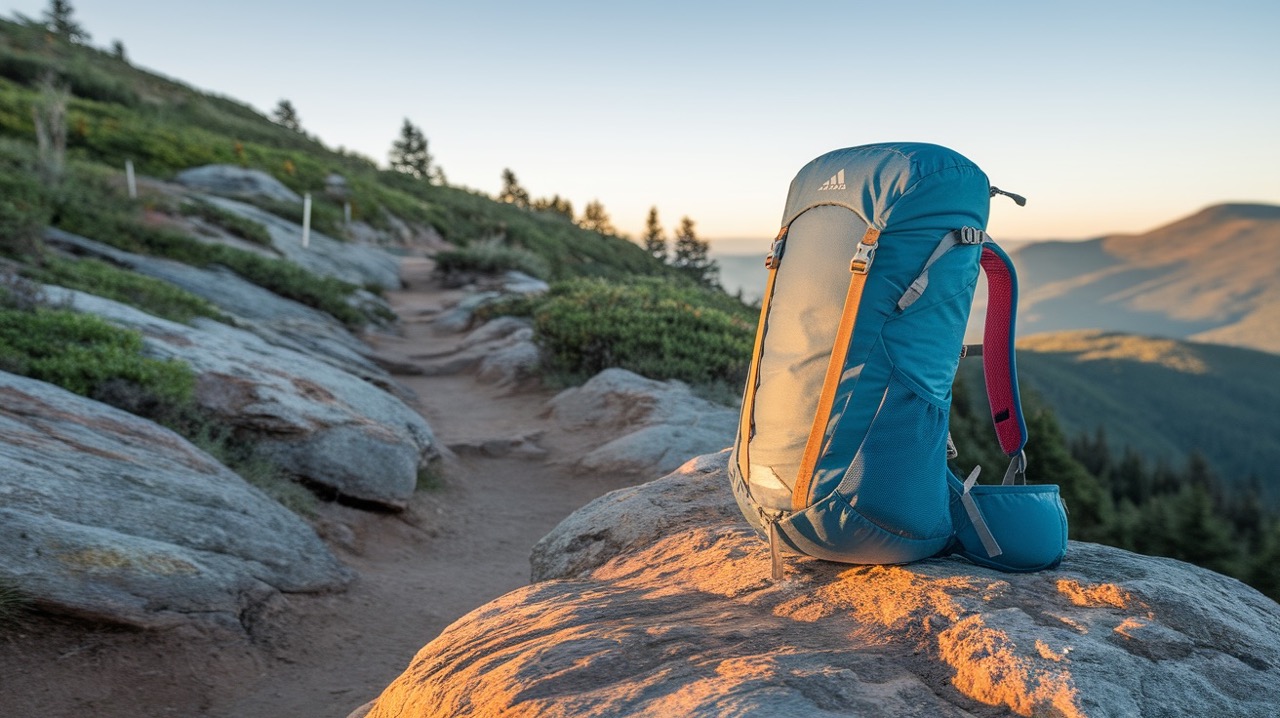
- Framed Backpack (2.5–3 lbs): Offers higher assist for masses over 20 lbs, important for lengthy stretches with out resupply.
- Rain Cowl (0.3 lbs): Retains contents dry in moist climate, particularly vital within the Sierra and Washington sections.
- Pack Liner or Trash Compactor Bag (0.1 lbs): Acts as a secondary layer of waterproof safety inside your pack.
2. Shelter
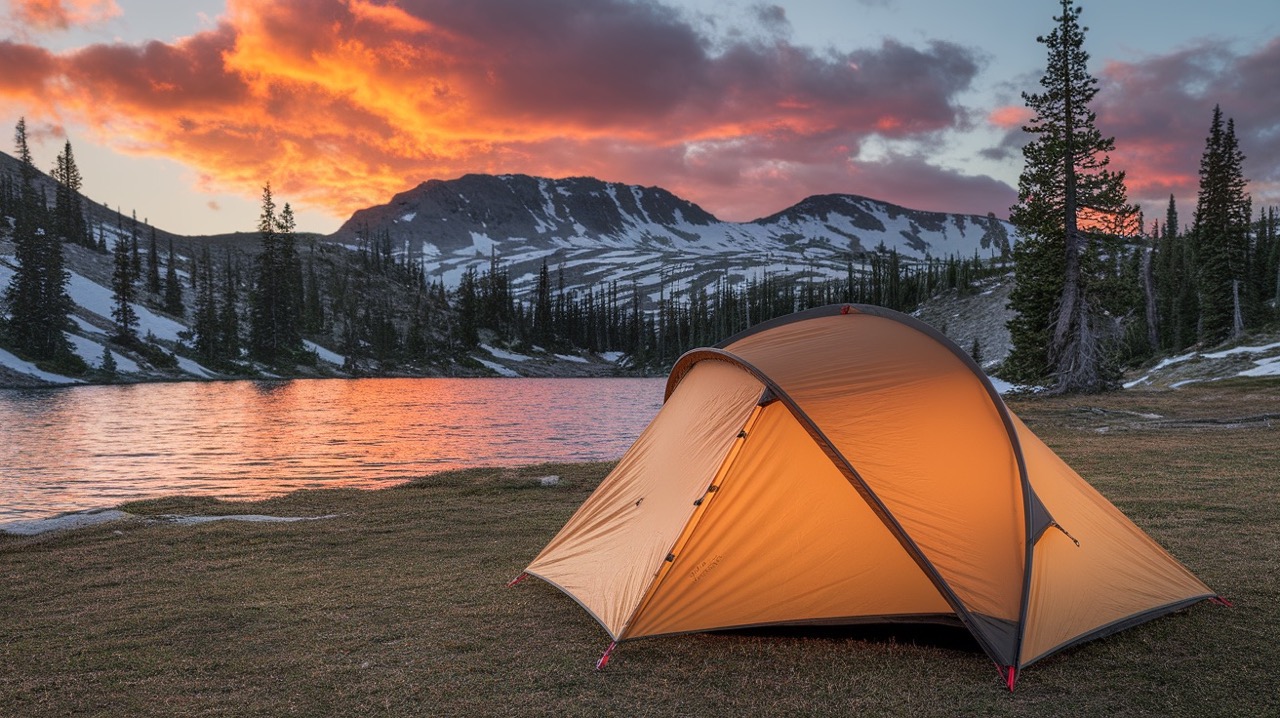

- Ultralight Tent (1.5–2.5 lbs): Gives full safety and area for solo or duo hikers; freestanding choices make setup simpler.
- Tarp Shelter (1–1.5 lbs): Light-weight, minimalist, and nice in dry climates; requires good website choice and staking.
- Bivy Sack (0.5–1 lb): Wonderful for cowboy tenting and fastpacking; provides heat and bug safety when paired with a tarp.
- Groundsheet (0.3 lbs): Retains your sleeping gear dry and clear by making a barrier between you and the bottom.
3. Sleep System
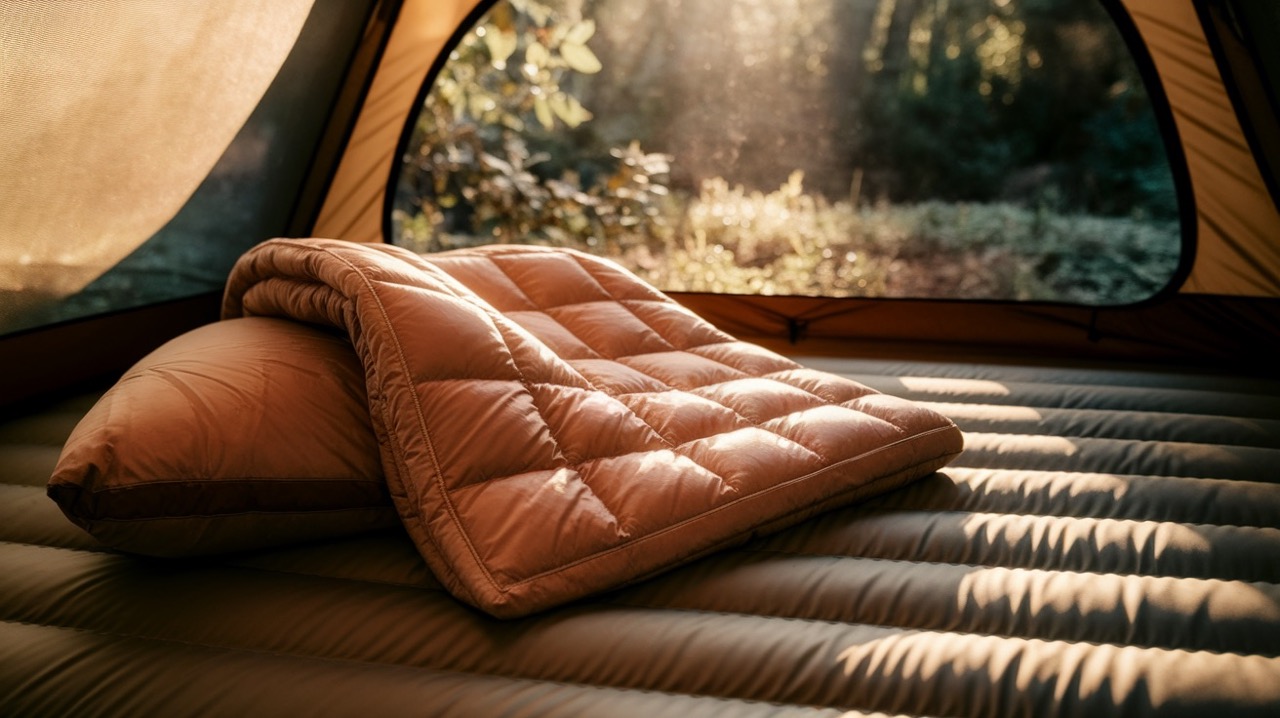

- Down Quilt (1.2–1.8 lbs): Lighter than sleeping luggage, nice for heat sleepers, and compresses smaller.
- Sleeping Bag (1.5–2.5 lbs): Higher for colder situations; mummy form presents higher warmth retention.
- Sleeping Pad (0.9–1.5 lbs): Offers insulation and luxury from the bottom; inflatable pads are lighter, foam pads are extra sturdy.
- Stuff Sack or Dry Bag (0.2 lbs): Retains your sleep system organized inside your bag.
4. Clothes Fashion
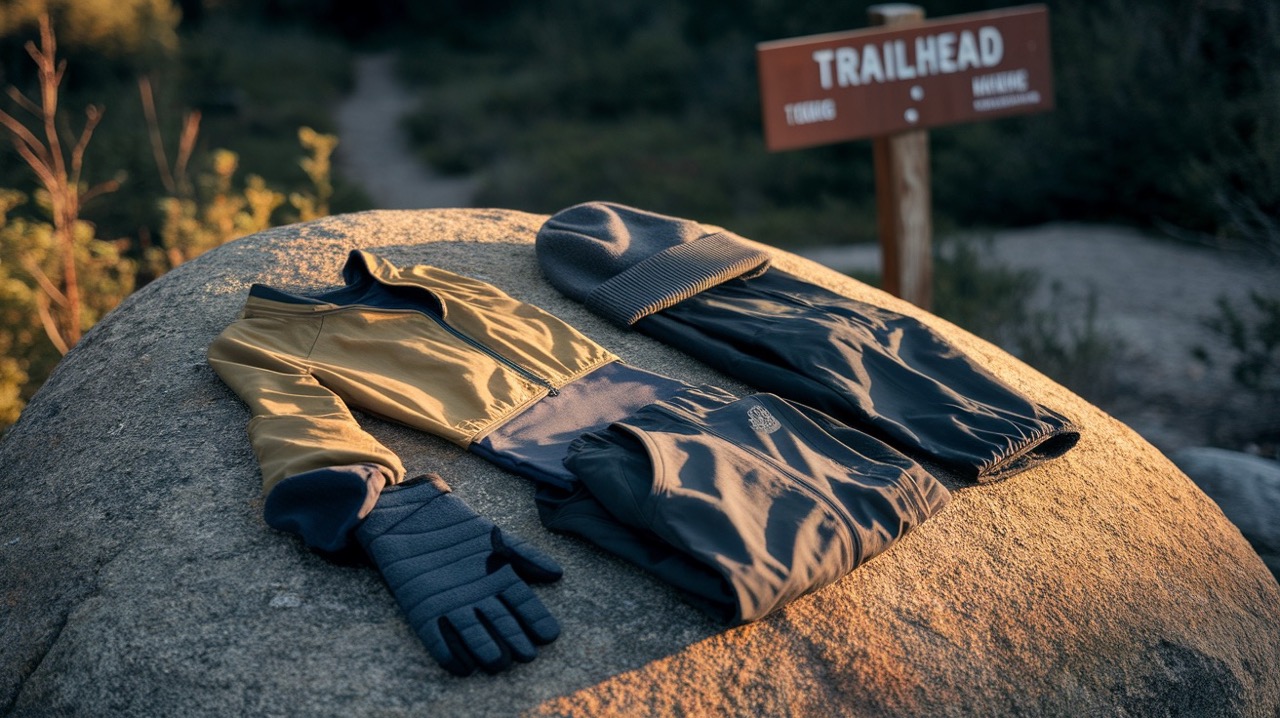

- Base Layer Shirt (0.3 lbs): Moisture-wicking and breathable for all-day put on.
- Mountaineering Pants or Shorts (0.4–0.6 lbs): Fast-drying material is important for river crossings and sweat.
- Insulated Jacket (0.9–1.2 lbs): Down or artificial choices for heat throughout chilly nights or relaxation breaks.
- Rain Jacket and Pants (1–1.5 lbs whole): Light-weight but dependable towards wind and rain.
- Wool Socks (0.1 lbs/pair): Reduces blisters and dries shortly; carry not less than two pairs.
- Solar Hat and Buff (0.2 lbs): Shields face and neck from solar publicity.
- Gloves and Beanie (0.3 lbs whole): Very important in excessive areas and shoulder seasons.
- Winter Garments (variable): Fleece or thermal layers for snowy sections just like the Sierra in early season.
5. Footwear
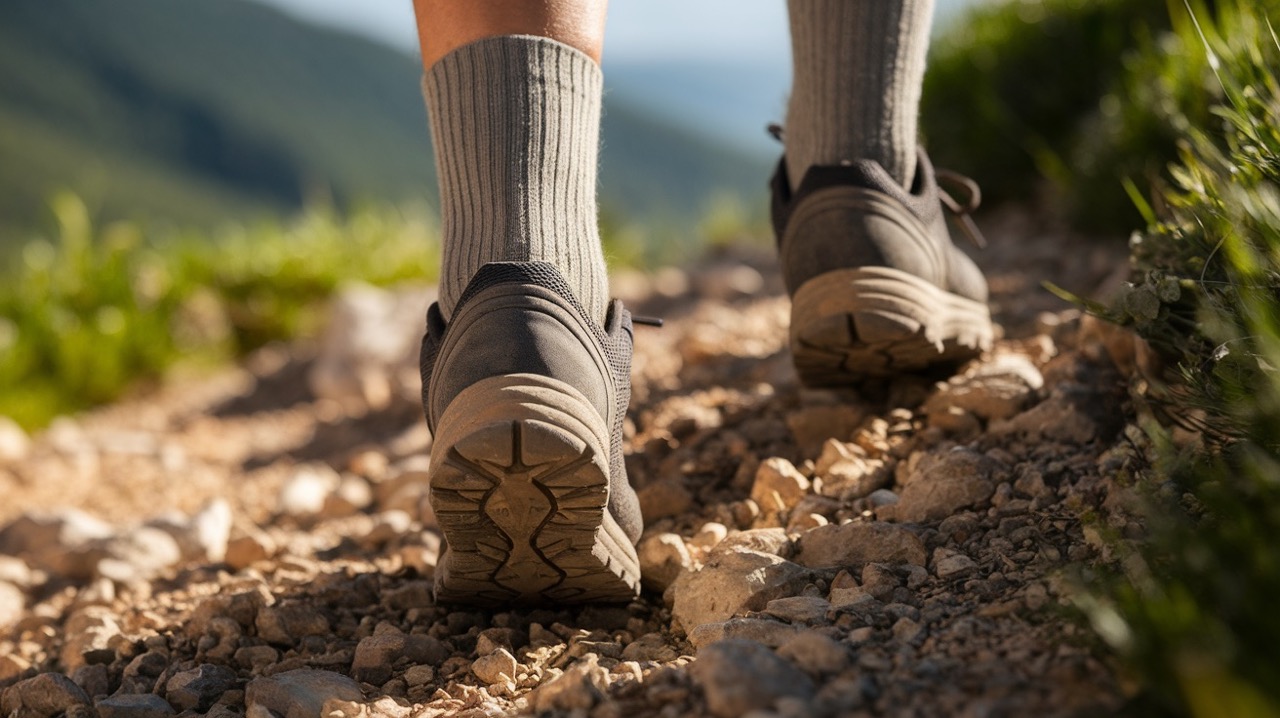

- Path Runners (1.5–2 lbs/pair): Light-weight, fast-drying, and appropriate for many path situations.
- Microspike Sneakers (0.7–0.9 lbs): Non-compulsory however essential for snow-covered or icy sections in excessive passes.
- Camp Sneakers (0.9 lbs): Permits toes to breathe and recuperate at camp; helpful for water crossings.
- Gaiters (0.2 lbs): Retains filth, snow, and rocks out of your sneakers.
- Spare Socks (0.1 lbs/pair): Retains your toes dry, helps stop trench foot and blisters.
6. Cooking System
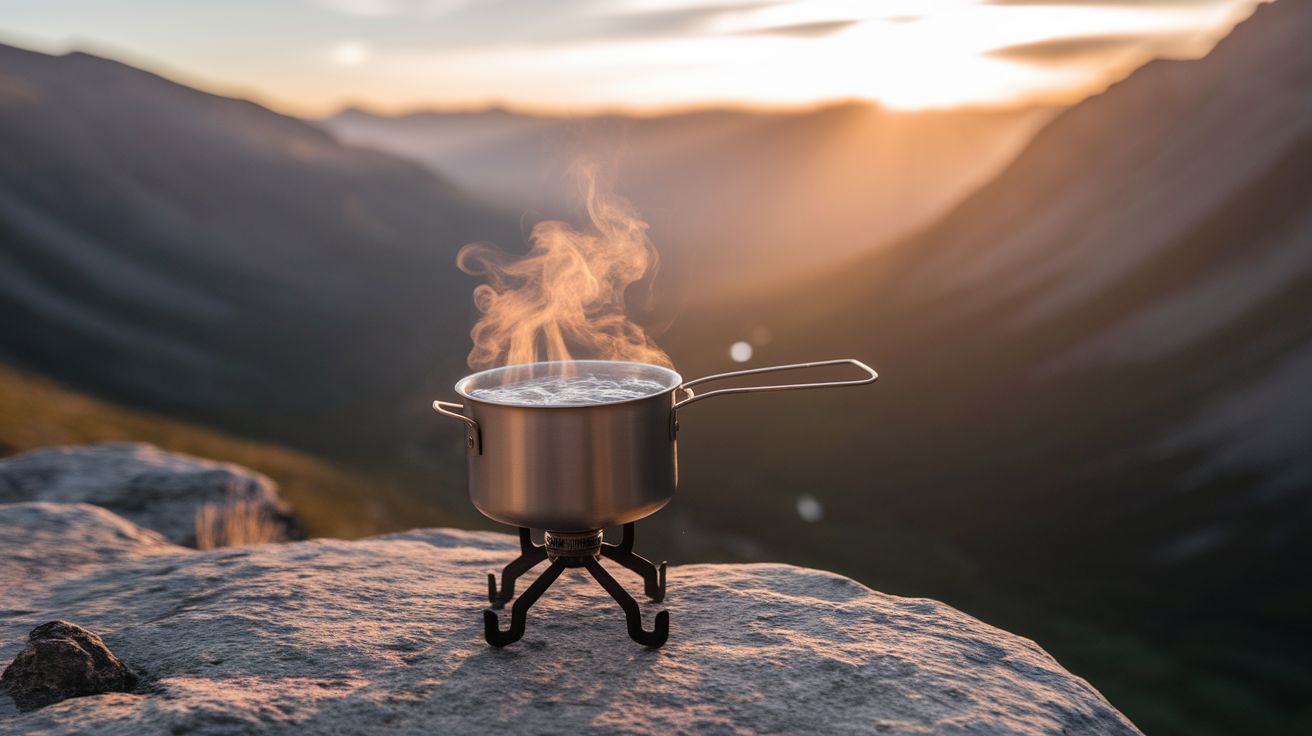

- Canister Range (0.2 lbs): Fast, straightforward to make use of, and nice for boiling water.
- Titanium Pot (0.3 lbs): Light-weight and sturdy; doubles as a cup or bowl.
- Gasoline Canister (0.6 lbs): Normal for many range programs; deliver additional for distant stretches.
- Spoon or Spork (0.05 lbs): Sturdy utensil; keep away from plastic ones that snap simply.
- Lighter and Waterproof Matches (0.1 lbs): Backup ignition is at all times a good suggestion.
7. Water Therapy
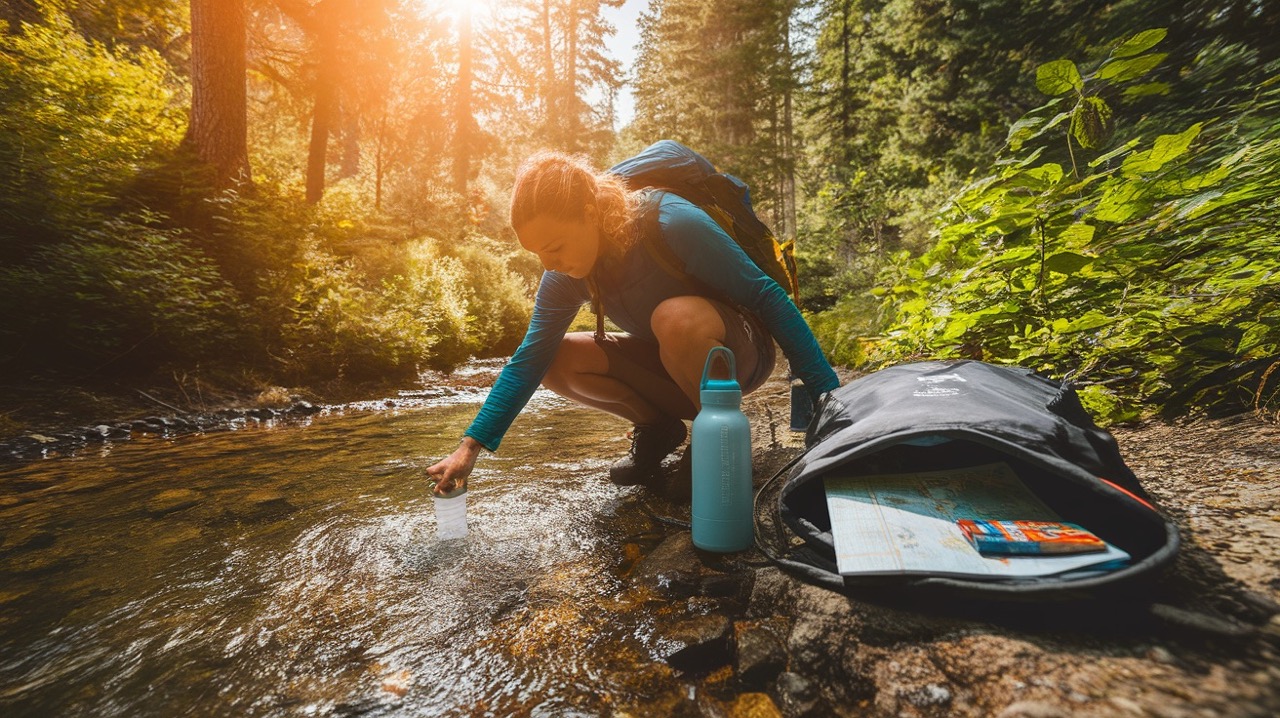

- Squeeze Filter (0.2–0.3 lbs): Light-weight, efficient, and field-cleanable.
- Backup Tablets (0.05 lbs): Compact and dependable in case of filter failure.
- 2–4L Water Capability (0.5–1 lbs full): Ample to hold by way of lengthy dry stretches; collapsible bottles save area.
8. Navigation and Electronics
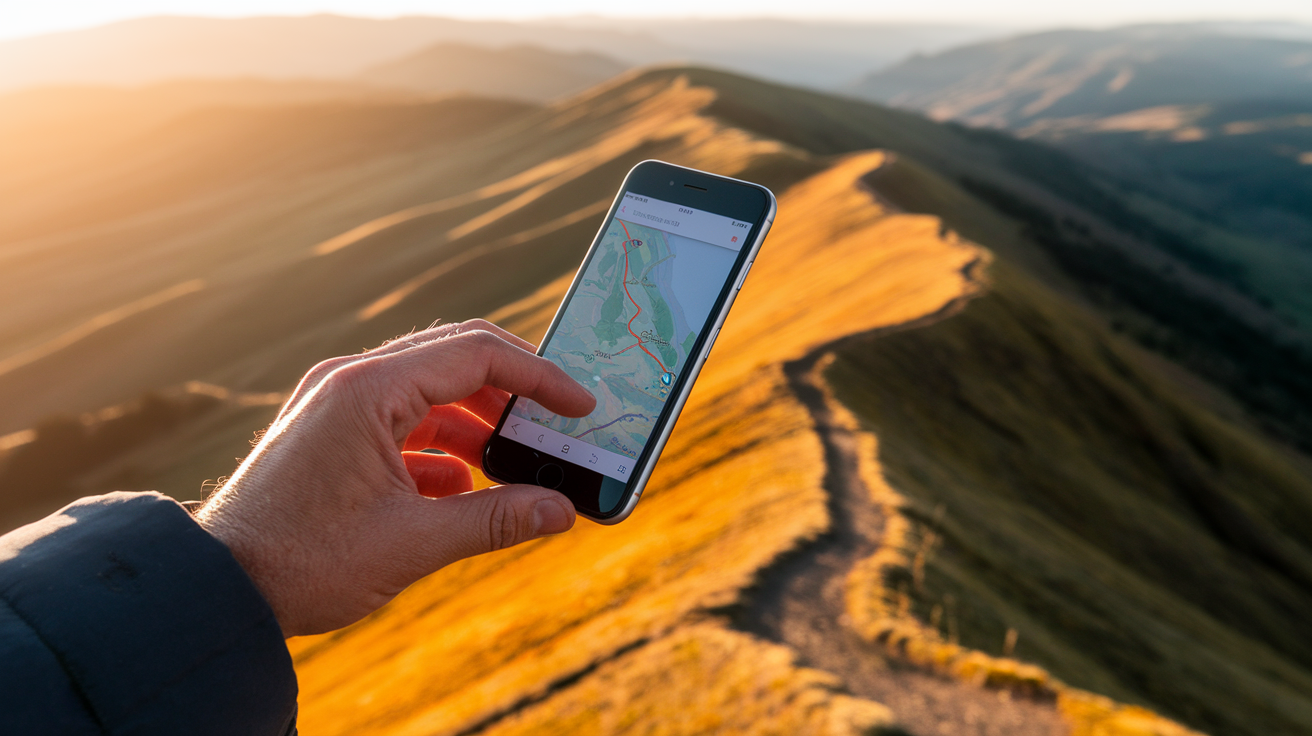

- Smartphone with GPS App (0.4 lbs): Gaia GPS or FarOut app for path knowledge and so they additionally assist with city information (hostels, meals).
- Battery Financial institution (0.6–1 lbs): 10,000–20,000 mAh capability retains cellphone, headlamp, and watch charged.
- Charging Cables (0.1 lbs): Convey spares in case of failure.
- Headlamp (0.2 lbs): Important for evening mountaineering and organising camp after darkish.
9. Security Gadgets
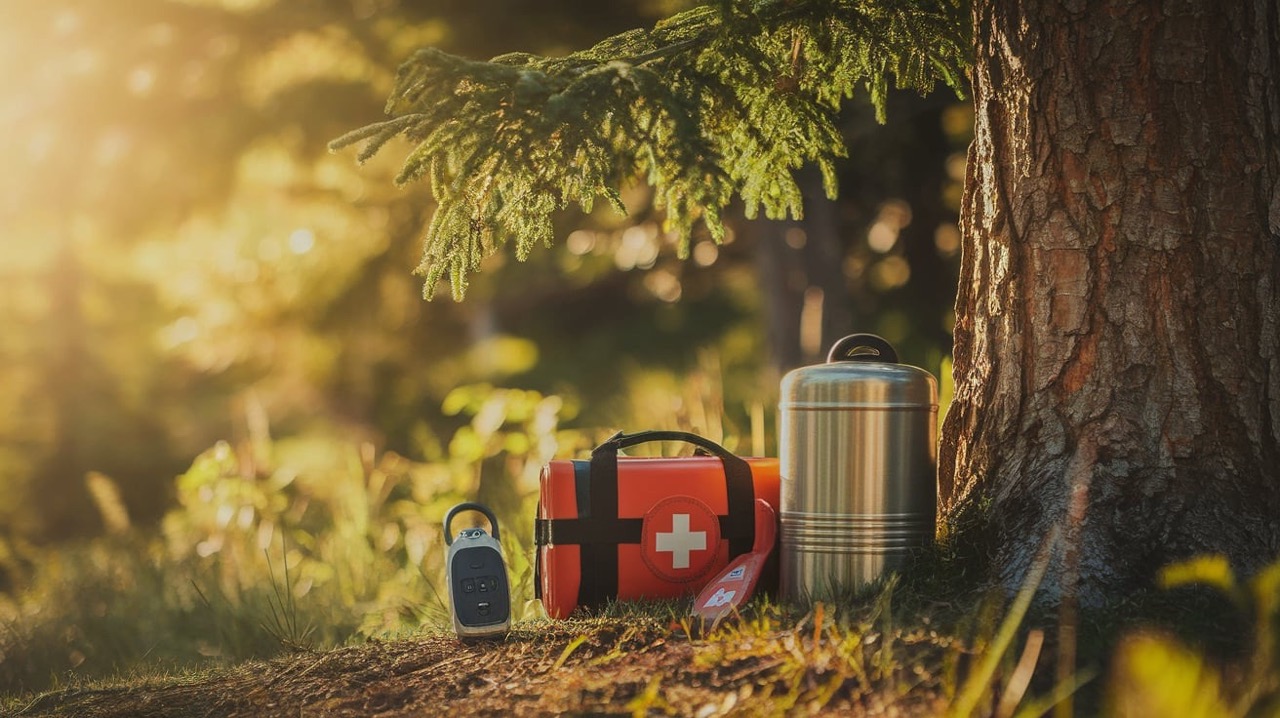

- First Help Equipment (0.3 lbs): Customizable with blister care, ache meds, and bandages.
- Private Locator Beacon (0.3 lbs): SOS gadget with satellite tv for pc capabilities—non-negotiable in distant areas.
- Bear Canister or Ursack (2–3 lbs): Required in sure sections (e.g., Sierra); shops meals and scented objects safely.
- Emergency Blanket (0.2 lbs): Provides heat or shelters throughout an surprising evening out.
- Flare Gun (0.5–1 lbs): Extra emergency signaling gadget in excessive conditions.
10. Meals Storage & Carrying
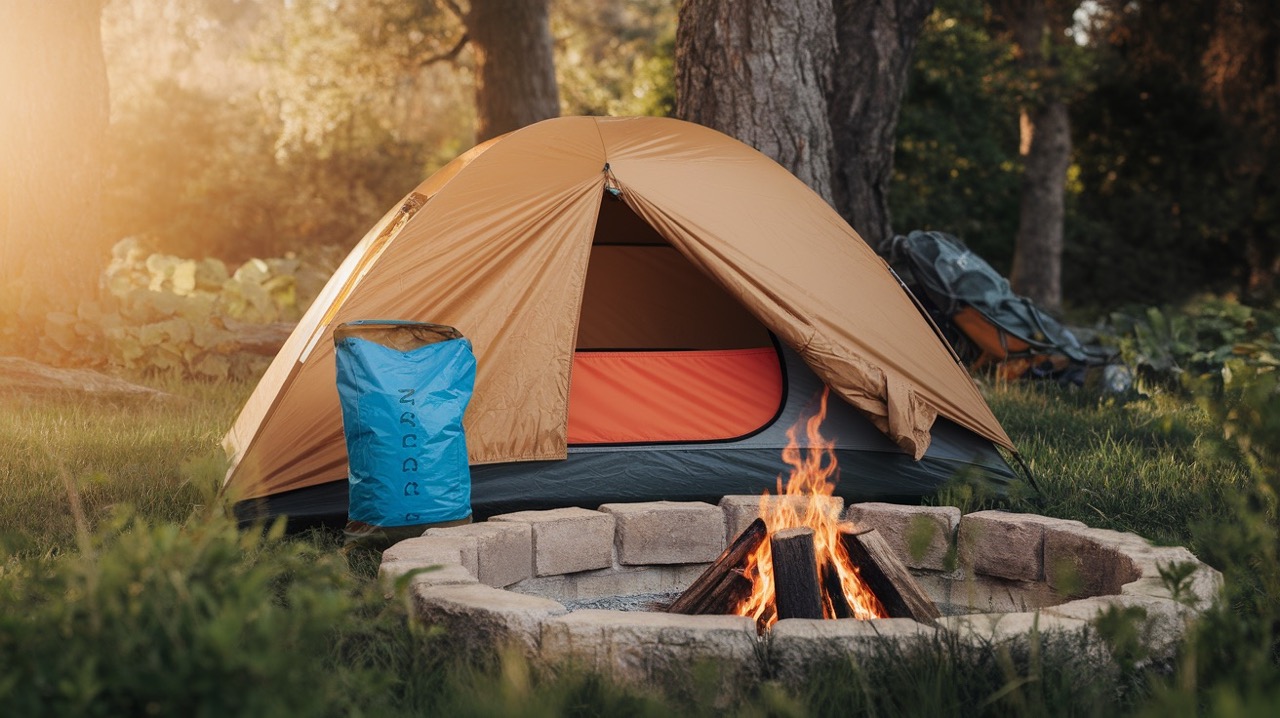

- Odor-Proof Baggage (0.2 lbs): Retains smells contained and critters away.
- Meals Bag or Dry Sack (0.3 lbs): Sturdy and straightforward to hold if wanted.
- Spoon or Lengthy-Deal with Utensil (0.05 lbs): Preferrred for consuming immediately from freeze-dried meal luggage.
11. Hygiene & Sanitation
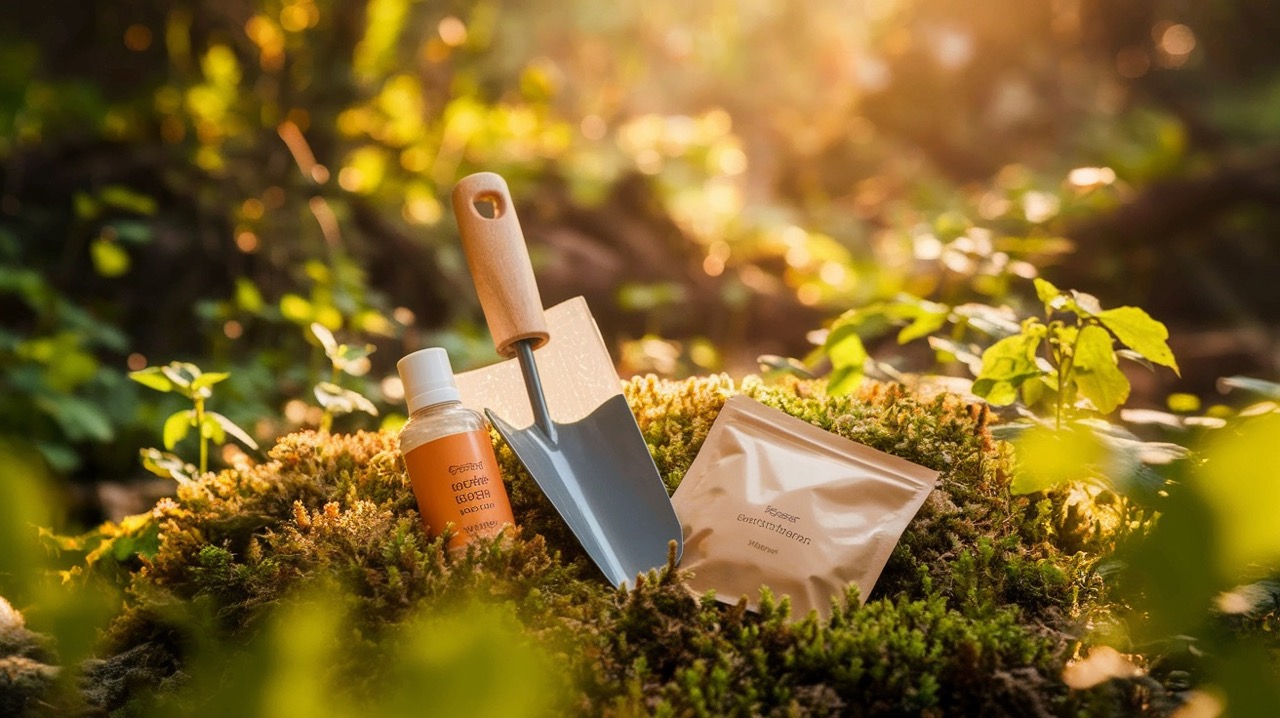

- Trowel (0.1 lbs): For digging catholes—Depart No Hint normal.
- Rest room Paper and Wipes (0.2 lbs): Important for hygiene, saved in a zipper bag.
- Hand Sanitizer (0.1 lbs): Use after each rest room break and earlier than meals.
- Toothbrush and Paste (0.1 lbs): Journey-sized and light-weight for each day dental care.
- Menstrual Merchandise (variable): Select compact and trail-friendly choices like menstrual cups.
12. Bug Safety
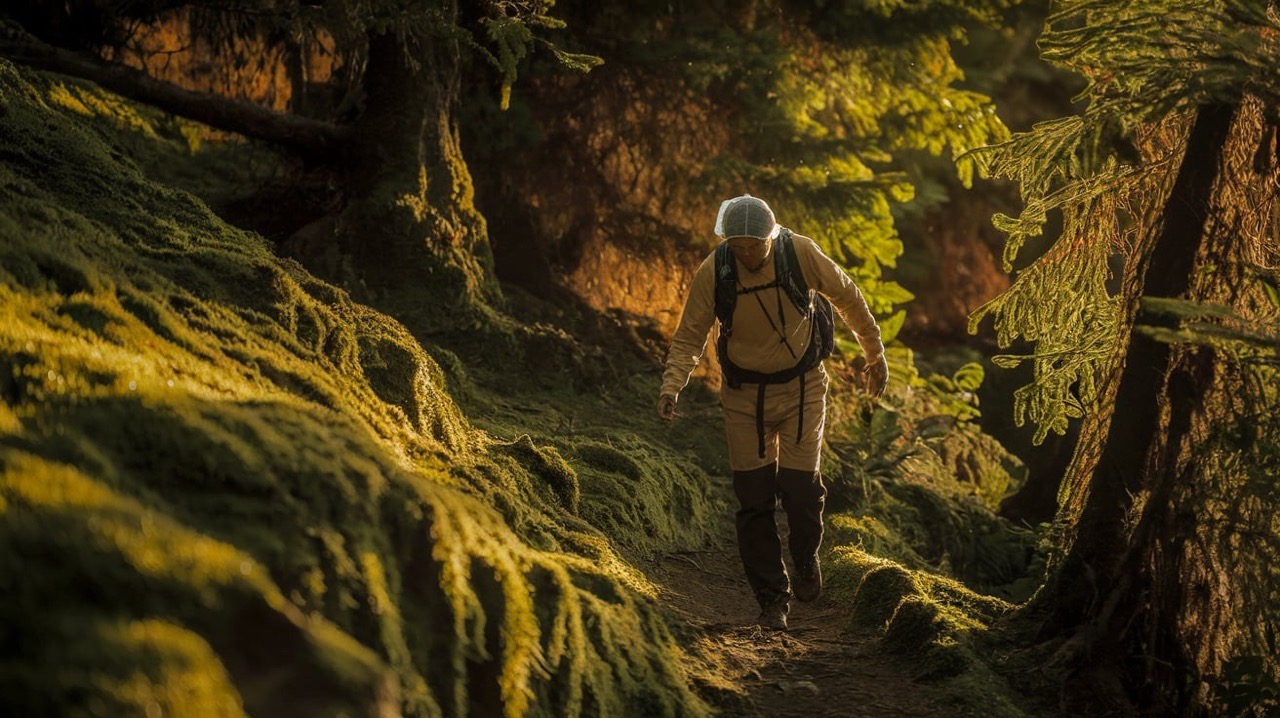

- Head Internet (0.1 lbs): Worn over your hat to dam mosquitoes and flies.
- Permethrin-Handled Clothes (variable): Pre-treated shirts, pants, and buffs maintain bugs at bay.
- Insect Repellent (0.2 lbs): DEET or picaridin sprays work greatest; lotion variations last more.
13. Miscellaneous Gadgets
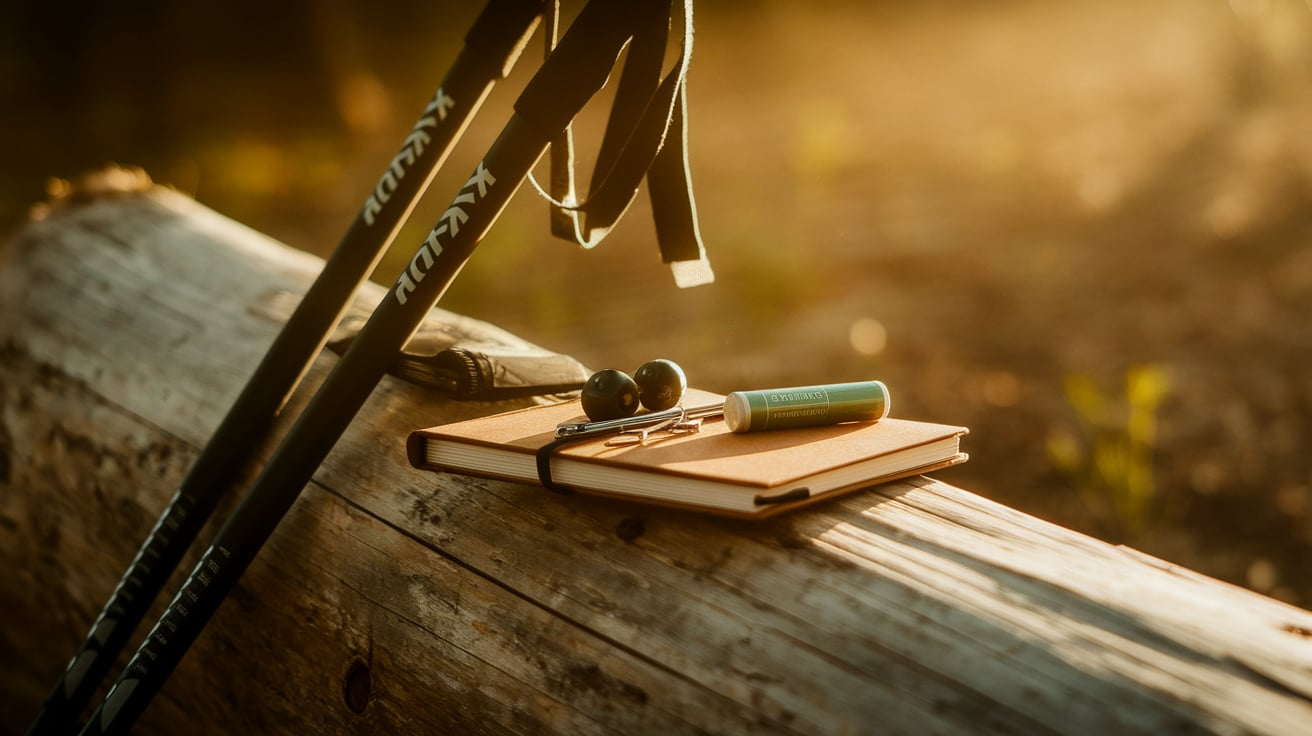

- Knife or Multitool (0.2–0.4 lbs): Helpful for repairs, meals prep, and security.
- Trekking Poles (1.2 lbs/pair): Cut back knee pressure and assist with steadiness on robust terrain.
- Sunscreen and Lip Balm (0.2 lbs): Forestall burns and chapped pores and skin in excessive publicity areas.
- Pocket book or Kindle (0.5 lbs): For journaling or downtime studying.
- Earplugs (0.05 lbs): Helpful in noisy campsites or windy nights.
- Psychological Well being / Morale Boosters (variable): A photograph, playlist, or journal can elevate spirits throughout low moments.
14. Resupply & Logistics
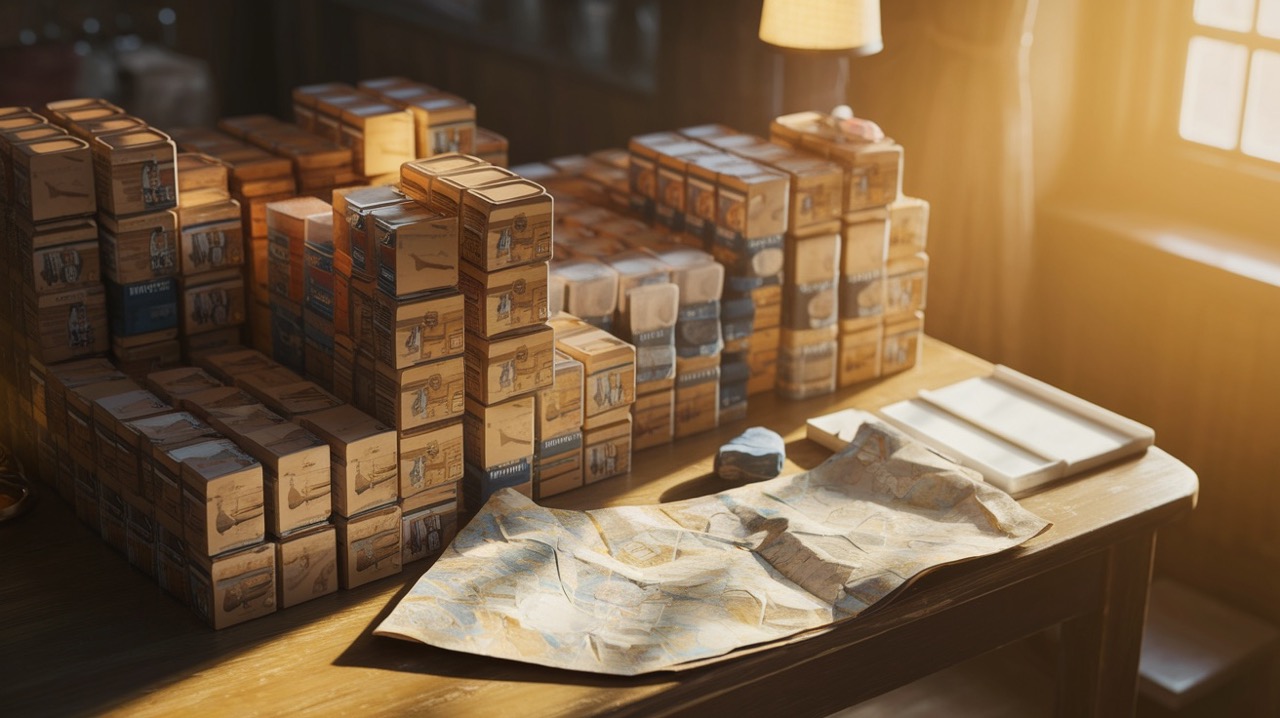

- Resupply Plan (no weight): Resolve between mailing containers or shopping for alongside the best way.
- Ziploc Baggage and Labels (0.3 lbs): Set up meals, toiletries, and resupply field contents.
- City Garments (1–1.5 lbs): A clear, light-weight set for laundry day and errands.
15. Trash Administration
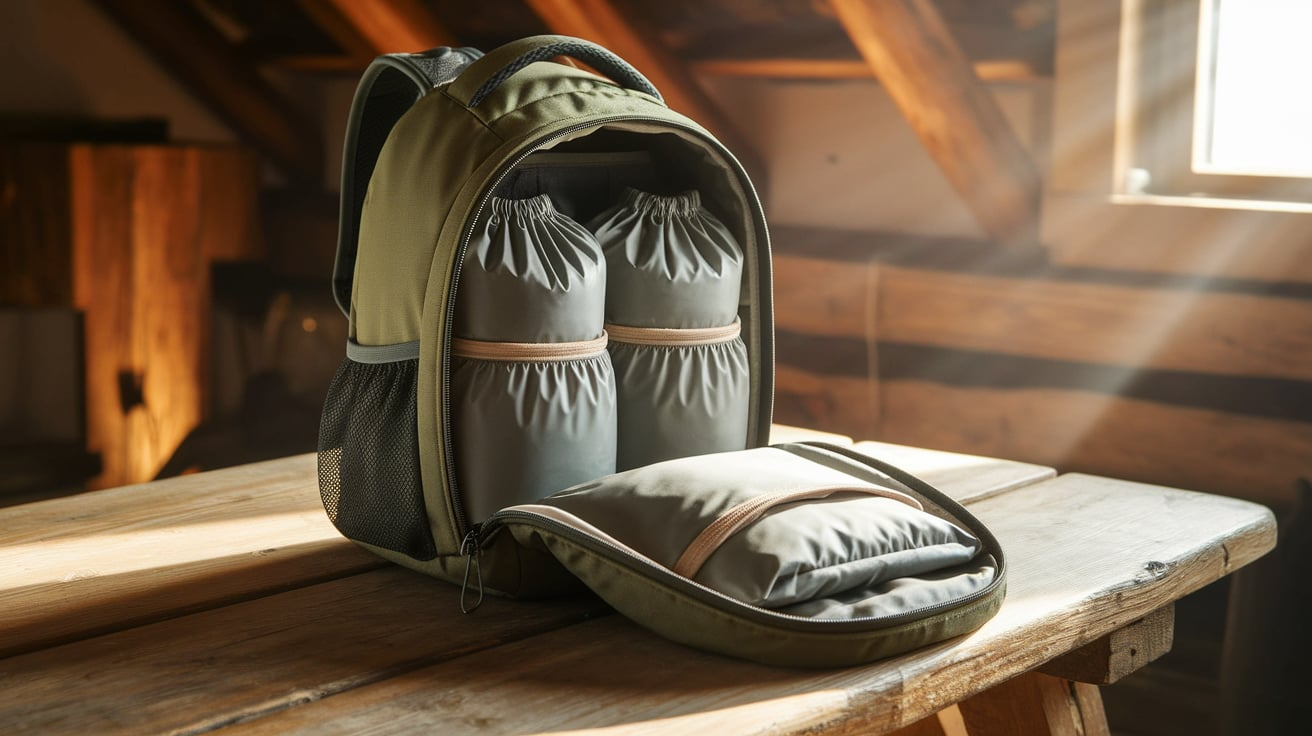

- Devoted Trash Bag (0.2 lbs): Odor-proof and resealable for storing waste.
- Spare Zip Baggage (0.1 lbs): Helpful for wrappers, used wipes, or hygiene waste.
- Rubber Bands or Clips (negligible): Helps maintain trash bag sealed and pack organized.
- Having a sensible resupply technique retains you fueled, targeted, and on monitor all through your hike.
Weight and Ultralight Ideas
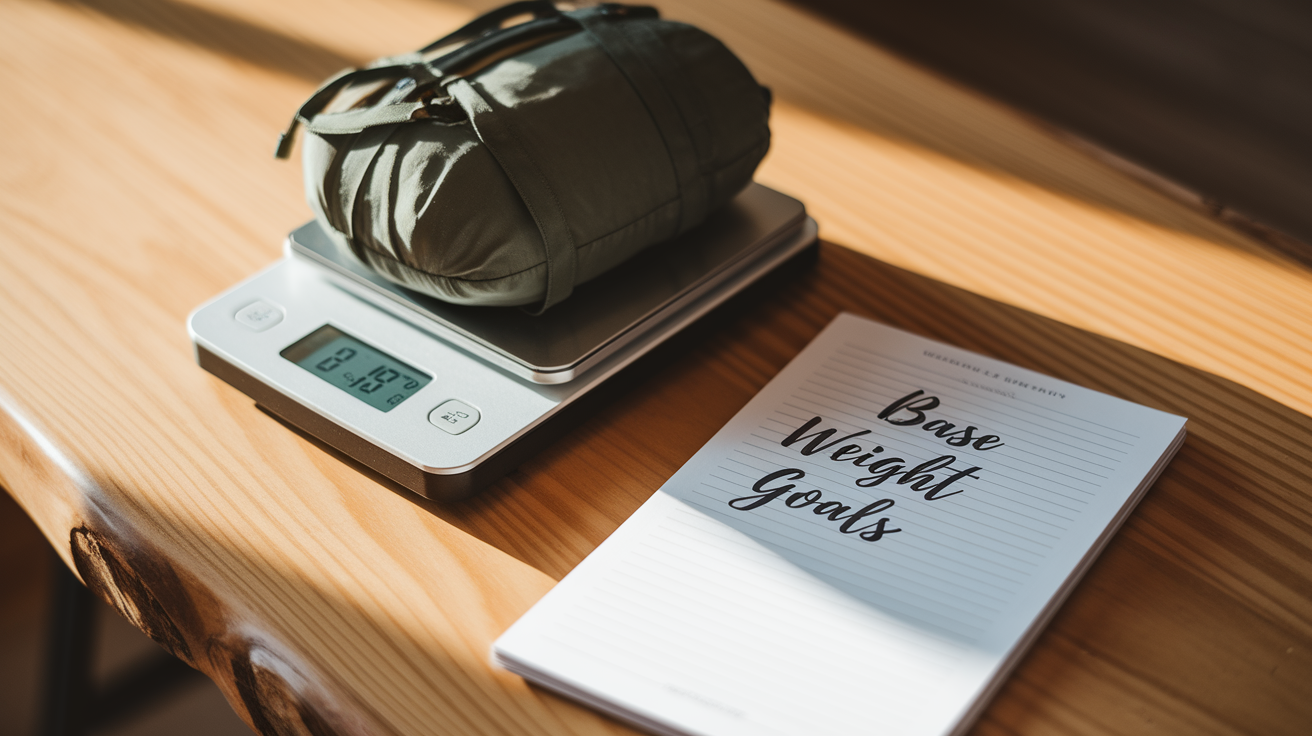

Going lighter means transferring quicker, recovering higher, and decreasing put on in your physique.
The following tips may also help you shed kilos with out sacrificing security or consolation.
- Swap a sleeping bag for a quilt to save lots of as much as 0.7 lbs
- Use a foam pad as a substitute of an inflatable one to chop 0.6–0.9 lbs
- Ditch camp sneakers and use insoles for river crossings to drop 0.9 lbs
- Reduce electronics; deliver a 10,000 mAh battery as a substitute of a 20,000 to scale back 0.4 lbs
- Trim down the primary assist package to necessities solely, saving 0.2 lbs
- Go for tarp + bivy as a substitute of a tent, decreasing shelter weight by 0.5–1 lb
- Attempt to resupply objects to to not carry pointless objects. Learn extra about PCT Resupply right here.
Just a few sensible swaps and self-discipline can simply shave 2-3 kilos out of your base weight.
Suggestions and Options
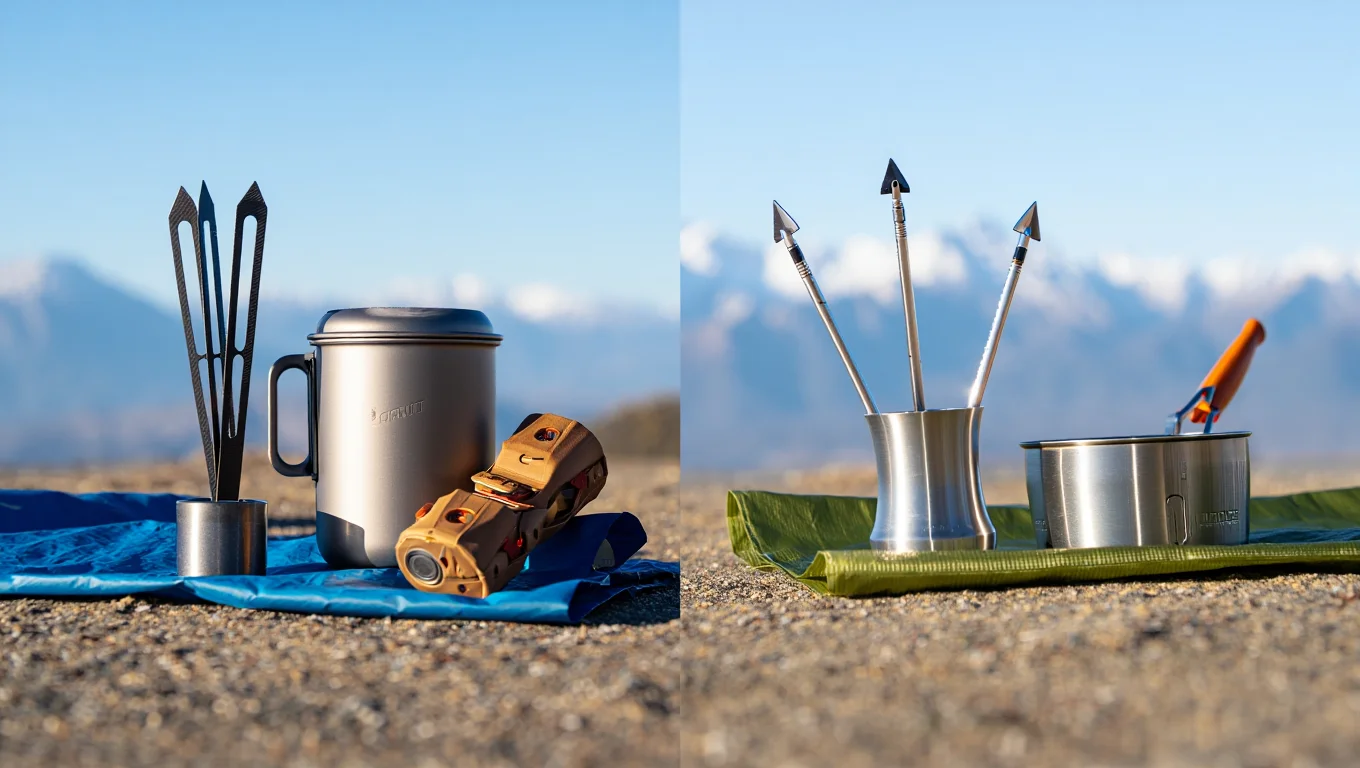

Not all gear matches each hiker’s price range, type, or area.
Listed below are trusted picks and their options to contemplate.
- Backpack: ULA Circuit (2.4 lbs)/ Granite Gear Crown 3 (2.2 lbs)
- Shelter: Zpacks Duplex (1.2 lbs)/ REI Flash 1 (2.5 lbs)
- Sleep System: Enlightened Gear Revelation Quilt (1.5 lbs)/ REI Magma Sleeping Bag (2.1 lbs)
- Cooking: BRS Ultralight Range (0.9 oz)/ Jetboil Zip (0.8 lbs)
- Water Filter: Sawyer Squeeze (0.3 lbs)/ Katadyn BeFree (0.2 lbs)
- Sneakers: Altra Lone Peak (1.7 lbs)/ HOKA Speedgoat (1.6 lbs)
- Navigation: FarOut app + cellphone/ Garmin eTrex (0.5 lbs)
Testing gear earlier than the path ensures it really works in your mountaineering type and situations.
Select reliability over hype.
Wrapping It Up
The Pacific Crest Path calls for extra than simply stamina.
It requires cautious planning, and your gear selections will form each step of your PCT Journey.
Once you’re carrying every thing in your again for a whole bunch or 1000’s of miles, every merchandise issues.
This listing isn’t about perfection. It’s about preparation. Use it as a strong basis, then adapt it to your private mountaineering type, tempo, and path situations.
What works for one hiker within the desert won’t swimsuit one other within the excessive Sierra.
Good packing is step one towards a profitable trek.
Pack sensible. Hike robust. Conquer the PCT one step at a time!